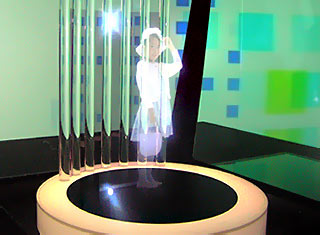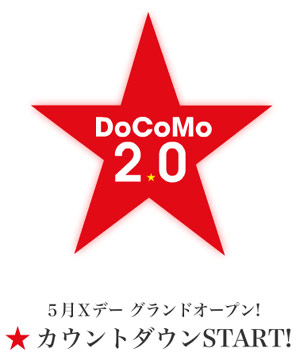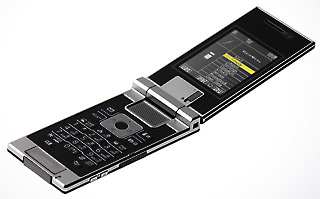DoCoMo Strikes Back with 905i-Series
 Domestic market incumbant NTT DoCoMo came out with all guns blazing during their press conference at the Grand Park Hyatt in Tokyo on November 1st. For the first time ever they combined the launch for both of their upcoming 700 and 900 series models – a record 23 handsets unveiled at once – and the announcement included several new service offerings as well. Marking another notable difference from previous line-up introductions was the absence of Natsuno-san, famed ‘father of i-mode’ and always energetic MC, from the stage.
Domestic market incumbant NTT DoCoMo came out with all guns blazing during their press conference at the Grand Park Hyatt in Tokyo on November 1st. For the first time ever they combined the launch for both of their upcoming 700 and 900 series models – a record 23 handsets unveiled at once – and the announcement included several new service offerings as well. Marking another notable difference from previous line-up introductions was the absence of Natsuno-san, famed ‘father of i-mode’ and always energetic MC, from the stage.
The companies flag-ship 905i-series included 10 models which will all come fully loaded with high-speed HSDPA, 1Seg digitial-tv, DCMX m-commerce, GPS, 2in1 dual-sim identity and enabled with GSM chipsets to allow global roaming complete with voice-to-text translation capabilities for English, Chinese and Japanese. Further enhancements in handset design include increased multi-media applications in motion sensor gaming, flat-rate music subscriptions and i-motion videos along with updated i-area mapping and cell broadcast emergency announcement services and Flash Lite 3 pre-installed all coming as standard features across the board.


 The genesis of today’s Viewpoint was back in March, when we spotted
The genesis of today’s Viewpoint was back in March, when we spotted  On Monday 23 April NTT DoCoMo
On Monday 23 April NTT DoCoMo  DoCoMo today announced the development of new 3G FOMA handsets – the 703i-series plus the D800iDS and SO903iTV. The 703i-series consists of eight models: N703i, P703i, D703i, F703i, N703iD, P703i, SH703i and SO703i. Most of the models are extra slim, with the N703i (image at right) and P703i being the thinnest 3G clamshell handsets in the world, at 11.4mm each, as of 15 January 2007 (and according to the company).
DoCoMo today announced the development of new 3G FOMA handsets – the 703i-series plus the D800iDS and SO903iTV. The 703i-series consists of eight models: N703i, P703i, D703i, F703i, N703iD, P703i, SH703i and SO703i. Most of the models are extra slim, with the N703i (image at right) and P703i being the thinnest 3G clamshell handsets in the world, at 11.4mm each, as of 15 January 2007 (and according to the company).